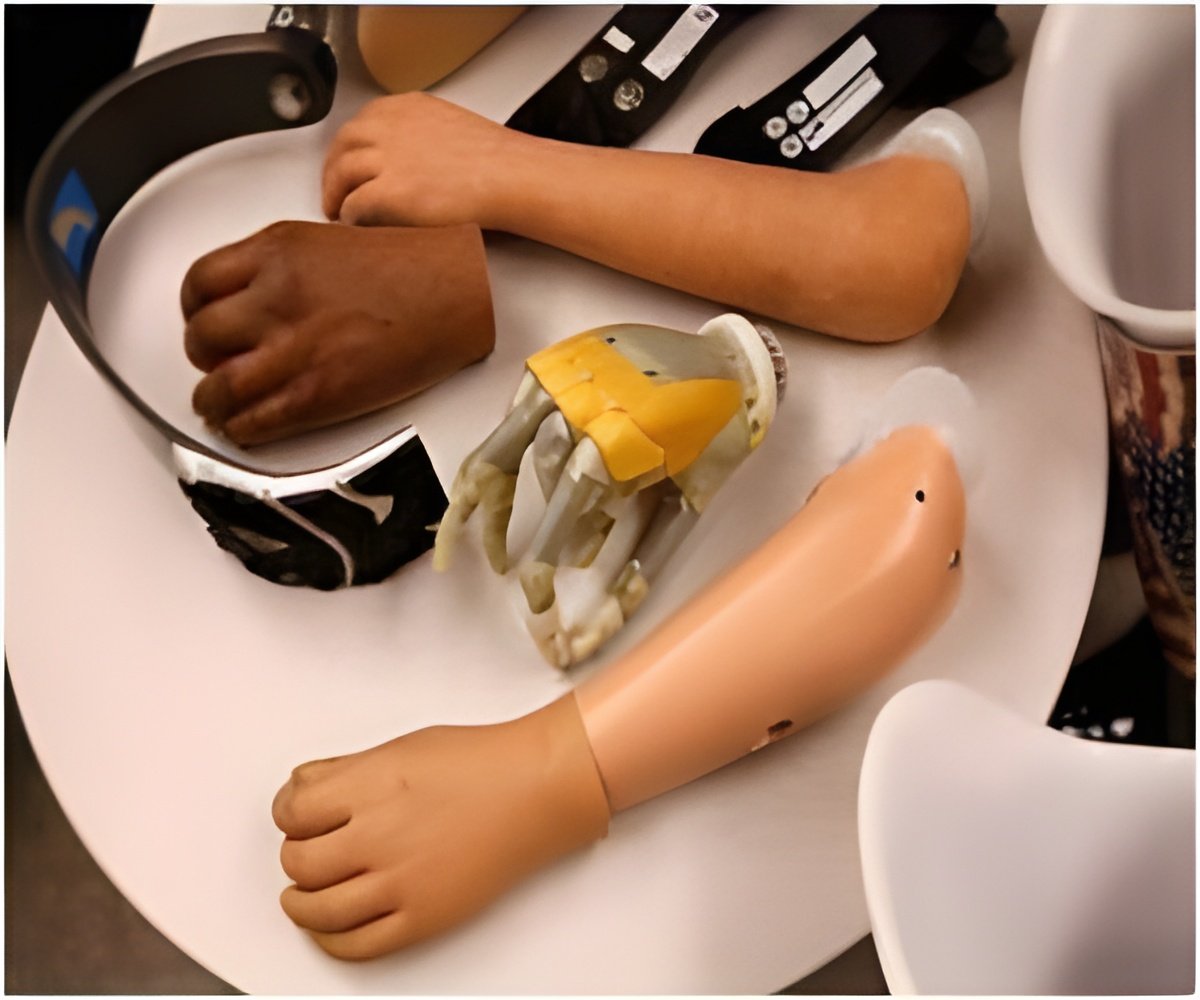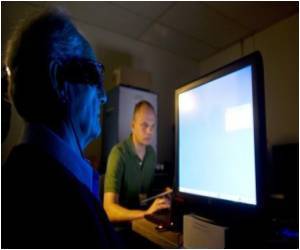
According to the authors, this suggests that rather than being thought of only as an extension of the immobile limbs, the wheelchairs had become tangible, functional substitutes for the affected body part. As Pazzaglia explains, "The corporeal awareness of the tool emerges not merely as an extension of the body but as a substitute for, and part of, the functional self."
Previous studies have shown that people with prosthetic devices that extend or restore movement may make such tools part of their physical identity, but whether this integration was due to prolonged use or a result of altered sensory input was unclear. Based on the results of this study, the authors suggest that it may be the latter, as the brain appears to continuously update bodily signals to incorporate these tools into a sense of the body. The study concludes that this ability may have applications in rehabilitation of physically impaired people.
Source-Eurekalert












